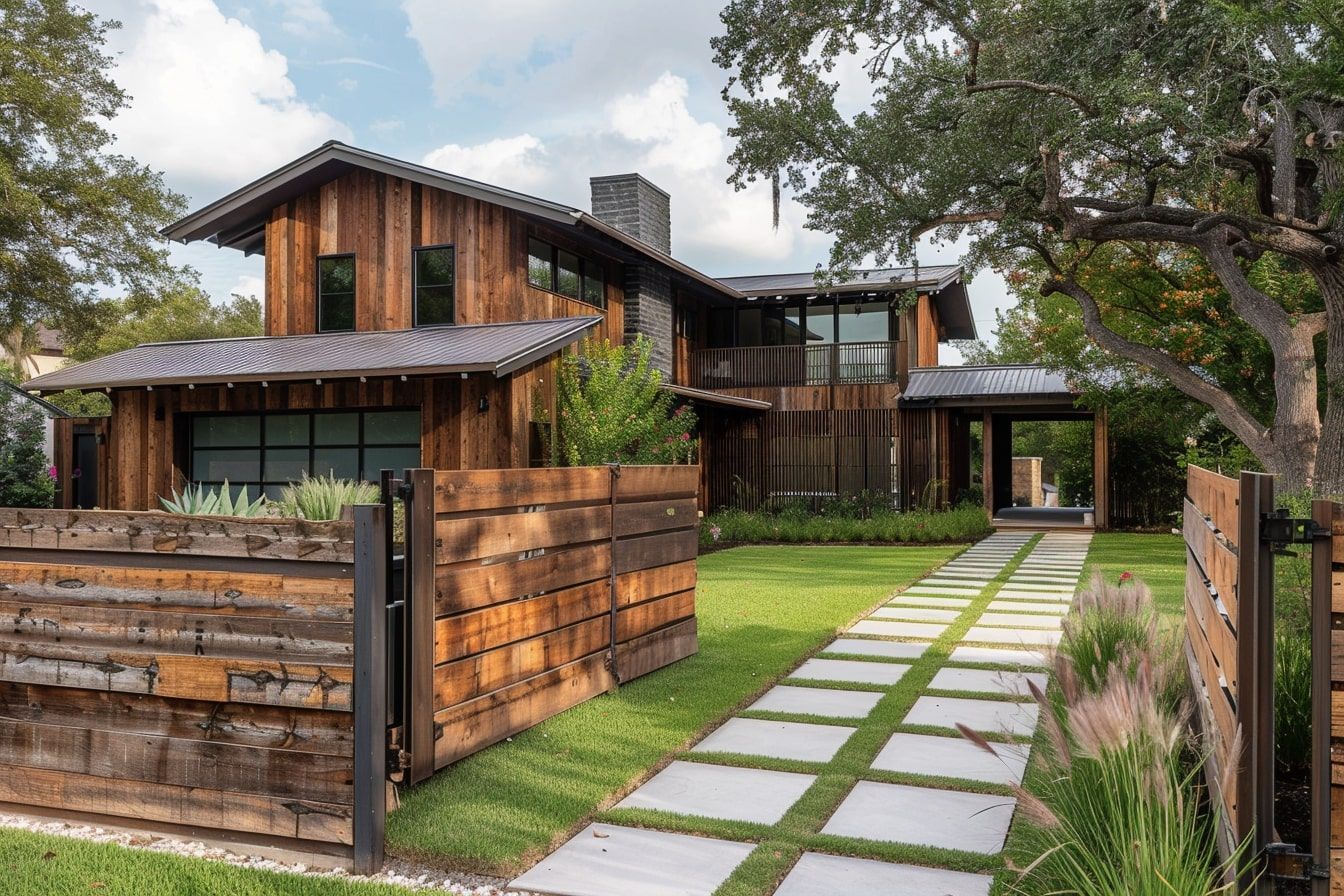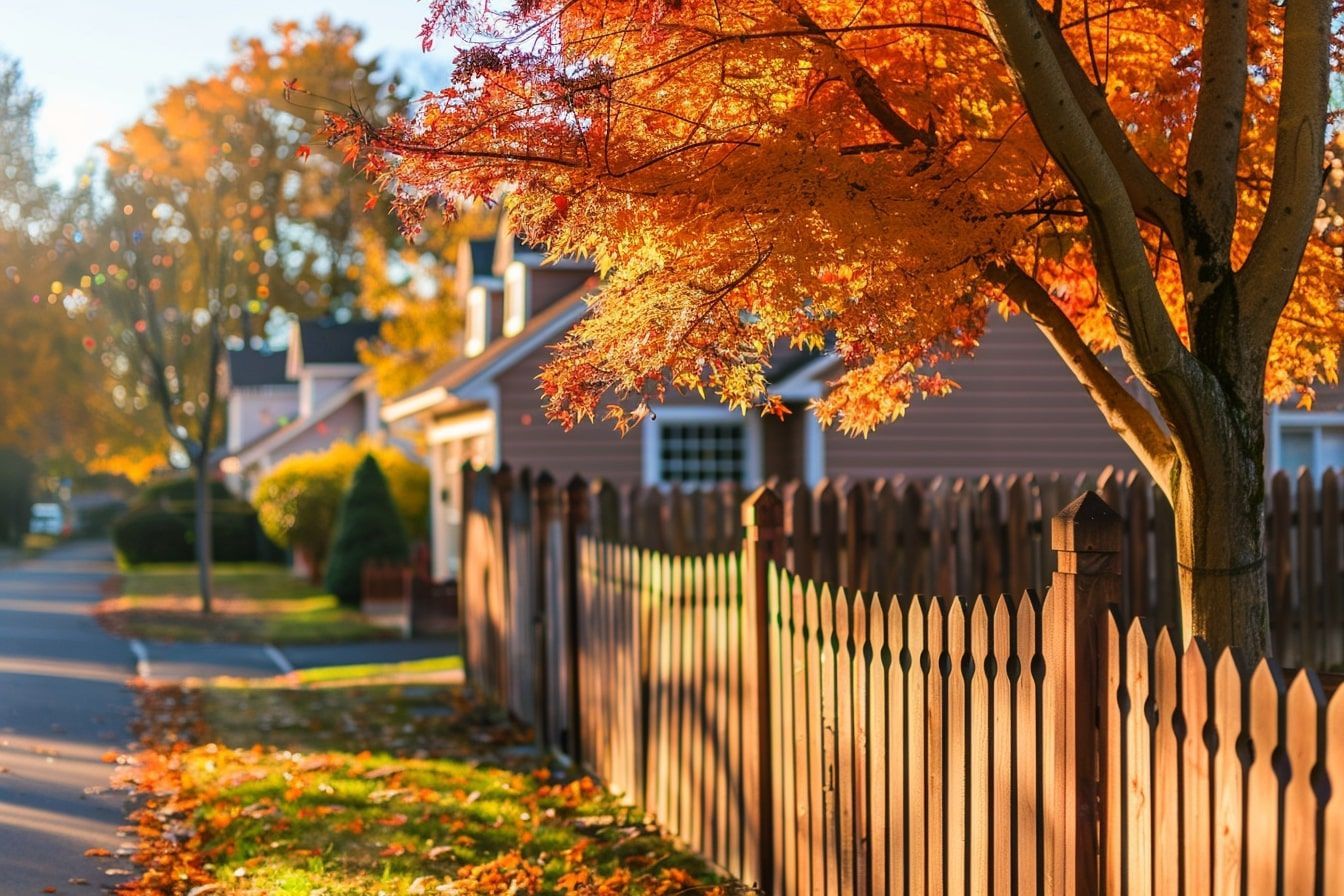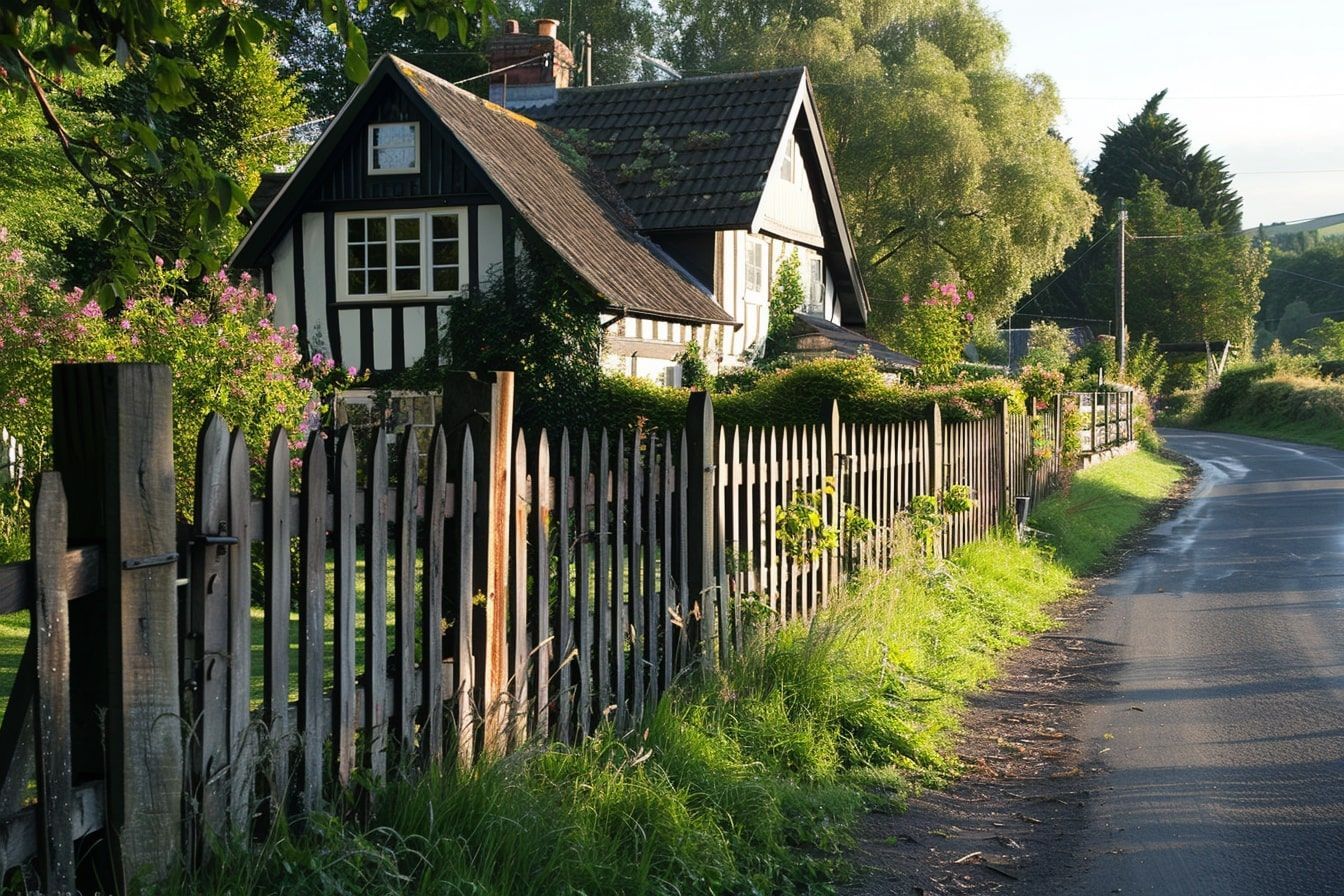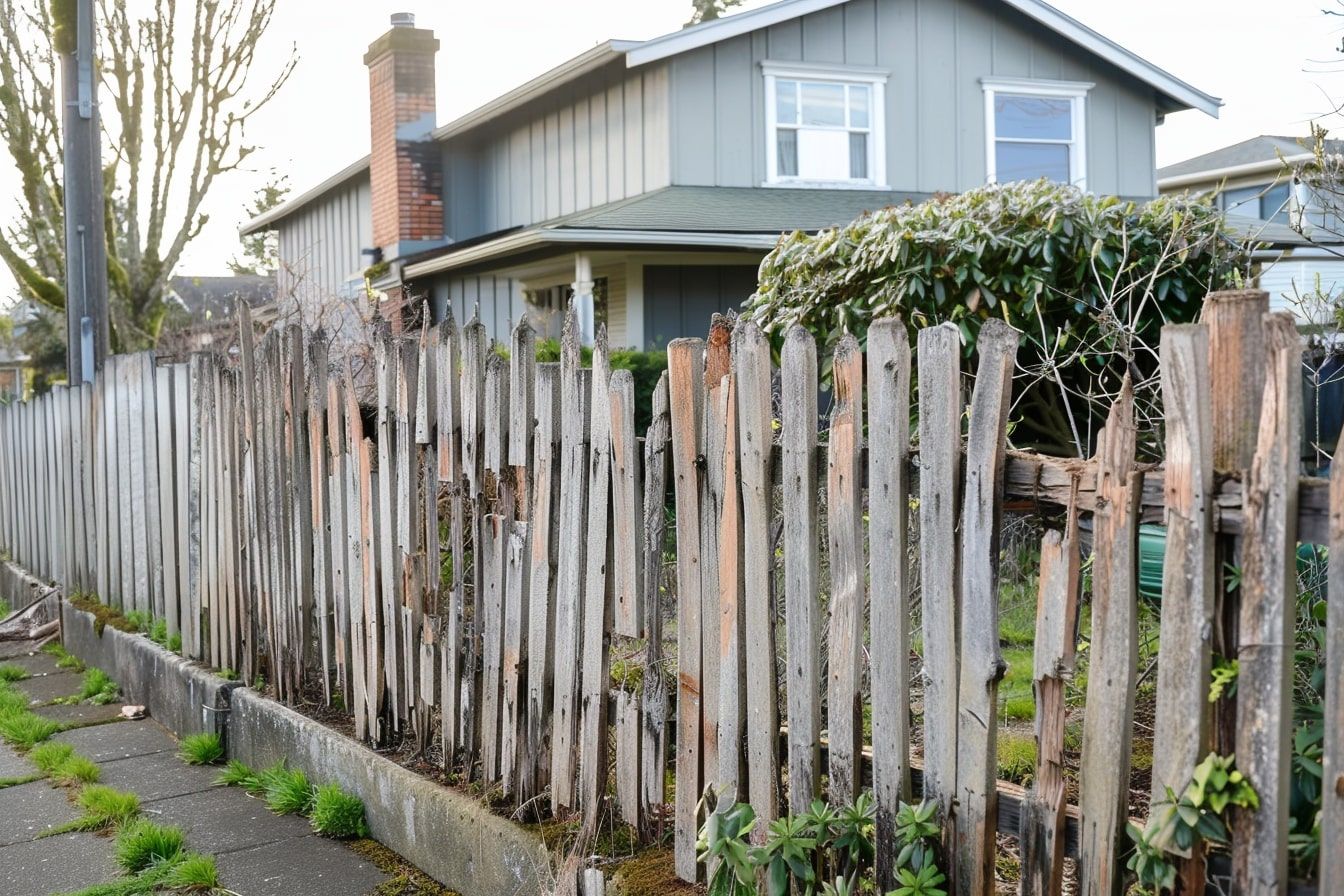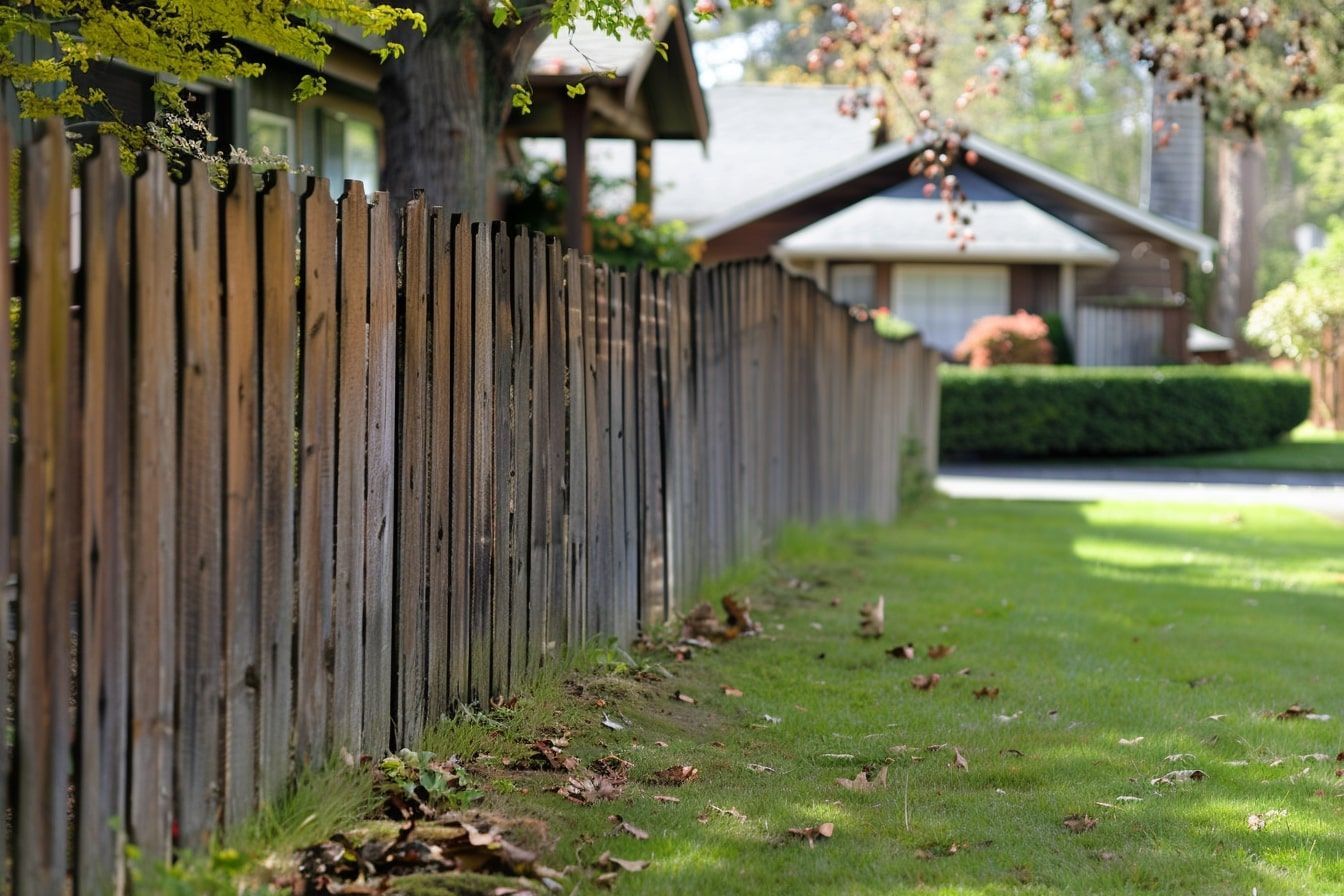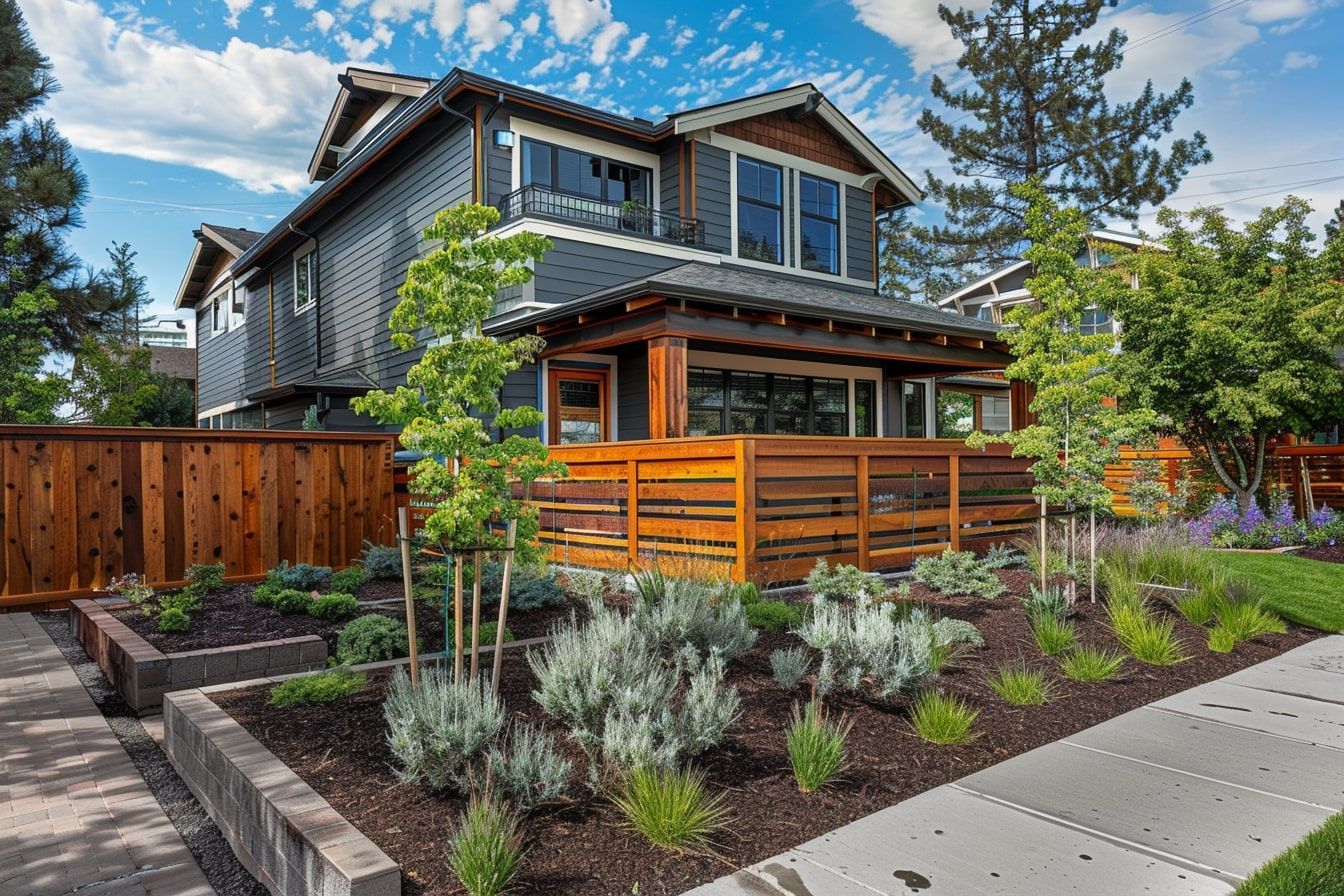Choosing the Best Wood for Michigan’s Climate
What’s the Best Wood for Michigan Fences?
Are you considering a new wood fence for your property in Michigan? The choice of wood can make a significant difference in the longevity and durability of your fence, especially given Michigan’s varying weather conditions. Understanding which wood types stand up best to the local climate can save you time, money, and maintenance headaches.
Understanding Michigan’s Climate
The Four Seasons Challenge
Michigan experiences all four seasons, each bringing its own set of challenges for wood fences. From humid summers to icy winters, your fence needs to withstand:
- High humidity and heat in summer
- Heavy snow and freezing temperatures in winter
- Rainy and wet conditions in spring
- Windy and dry conditions in fall
Top Wood Types for Michigan Fences
Choosing the right wood type is crucial for ensuring your fence can handle these diverse conditions. Here are the best options:
1. Cedar
Pros of Cedar Fences
- Natural resistance to decay and insects : Cedar contains natural oils that repel insects and resist rot, making it ideal for humid summers and wet springs.
- Aesthetic appeal : Cedar has a beautiful, natural look that can enhance the curb appeal of any property.
Cons of Cedar Fences
- Cost : Cedar can be more expensive upfront compared to other wood types.
- Maintenance : While resistant to decay, cedar still requires regular maintenance to keep it looking its best.
2. Redwood
Pros of Redwood Fences
- Durability : Redwood is one of the most durable woods available, known for its strength and longevity.
- Resistance to elements : Similar to cedar, redwood is naturally resistant to insects and decay.
Cons of Redwood Fences
- Cost : Redwood is often the most expensive wood choice.
- Availability : Redwood may not be as readily available in Michigan, which can drive up costs.
3. Pressure-Treated Pine
Pros of Pressure-Treated Pine Fences
- Affordability : Pressure-treated pine is one of the most budget-friendly options.
- Durability : Treated with chemicals to resist rot and insects, it’s well-suited for Michigan’s climate.
Cons of Pressure-Treated Pine Fences
- Aesthetic appeal : While functional, pressure-treated pine doesn’t have the same natural beauty as cedar or redwood.
- Chemical treatment : Some people prefer to avoid wood treated with chemicals, especially if pets or children will be playing near the fence.
Maintenance Tips for Wood Fences in Michigan
Regular Inspections
- Check for damage : Look for signs of rot, insect damage, or weathering.
- Repair promptly : Address any issues as soon as they’re spotted to prevent them from worsening.
Cleaning
- Pressure wash annually : Remove dirt, mildew, and grime to keep your fence looking new.
- Use appropriate cleaners : Choose cleaners specifically designed for wood fences to avoid damage.
Staining and Sealing
- Stain every 2-3 years : Apply a high-quality wood stain to protect against UV damage and moisture.
- Seal the wood : Use a sealant to provide an additional layer of protection against the elements.
Conclusion
Choosing the best wood for your fence is crucial for ensuring it withstands Michigan’s challenging climate. Whether you opt for cedar, redwood, or pressure-treated pine, understanding the pros and cons of each can help you make an informed decision. For more information on selecting the right wood for your fence.
At RS Fence Installations, we specialize in providing high-quality wood fences that are built to last. Visit our website at https://www.rsfenceinstallations.com/ to learn more about our services. If you’re in Macomb or Oakland Counties, reach out to us for a free quote today!
External Resources
- For more detailed instructions on installing a wood fence, visit Lowe’s Installation Guide.
- To explore various wood fence design ideas, check out HGTV’s Wood Fence Design Gallery.
- Learn about the environmental benefits of wood fences at The American Forest Foundation.
The post Choosing the Best Wood for Michigan’s Climate appeared first on RS Fence Installations.
